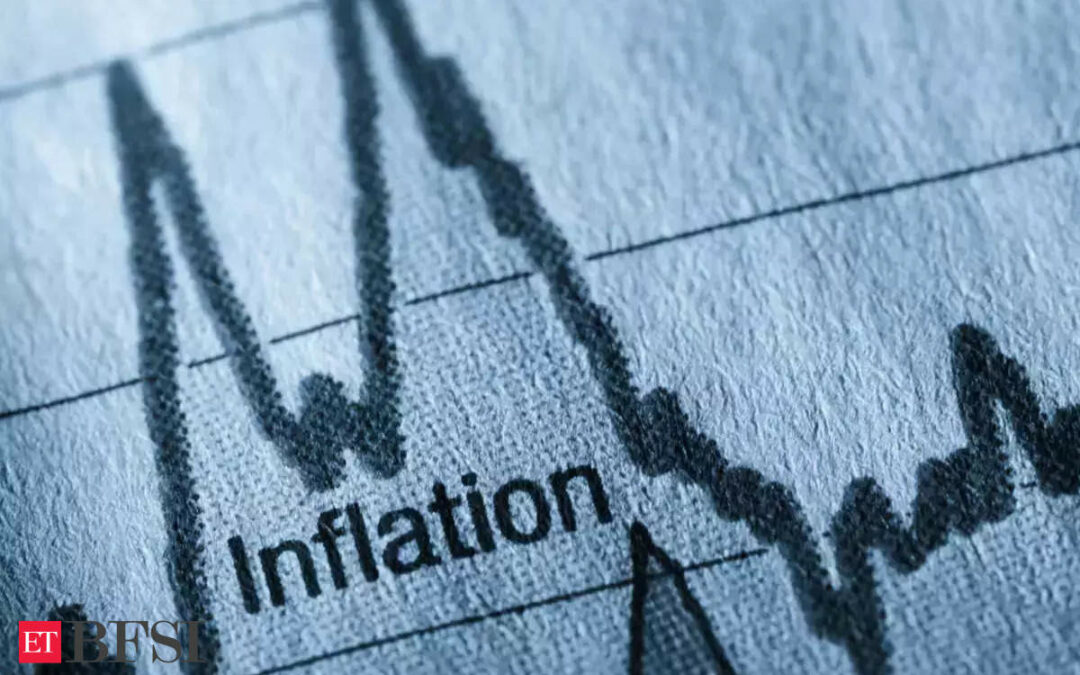India is not home-free with regards to the pressures of high prices but the moderation in retail inflation over the last two months is a relief, the Reserve Bank of India (RBI) said in its November bulletin published on Thursday.
“We are not out of the woods yet and have miles to go, but (inflation) readings of around 5% and 4.9% in September and October, respectively, are a welcome relief from the average of 6.7% in 2022-23 and 7.1% in July-August 2023,” the RBI said in its ‘State of the Economy’ article in the bulletin.
India’s annual retail inflation eased to a four-month low of 4.87% in October but remained above the RBI’s 4% target. The central bank expects inflation to average 5.4% in 2023-24.
High-frequency food price data for this month up to Nov. 13 indicates that cereal and pulse prices have increased further, while edible oil prices continued to decline, the RBI said.
India’s growth continues to depend on domestic demand, which provides a cushion against external shocks, the RBI said.
The country’s external sector has remained viable, with a modest current account deficit financed by resilient capital flows, one of the least volatile currencies in the world and a “healthy” level of foreign exchange reserves, it said.
India’s economic growth has also picked up, the central bank said, noting the momentum of the change in gross domestic product is expected to be sequentially higher in October-December on the back of “ebullient” festival demand.
Investment demand also appears to be resilient given the government’s infrastructure spending, an uptick in private capex and digitalisation, among other reasons, the central bank said.
The RBI also said the calibrated normalisation of surplus liquidity and robust credit growth strengthened transmission during the current tightening phase, although the transmission is still not complete.
The transmission of rates to term deposits has been robust, while savings deposit rates have exhibited “rigidity,” the central bank said.











